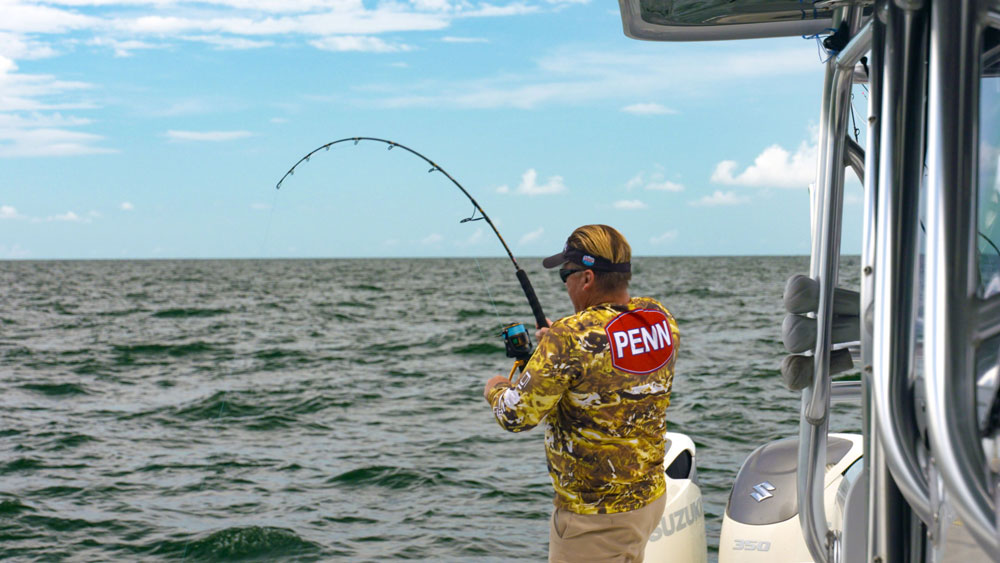provided by John Phillips
Some anglers like to test their strength and endurance against giant saltwater fish. Mossy Oak Elements Pro, Mark Davis of Lexington, South Carolina, has proved he’s on the extreme end of this giant challenge of man against beast. Davis fishes from Montauk, New York, to Brownsville, Texas, Alaska and Australia for all saltwater species for his TV show, “BigWater Adventures” on the Outdoor Channel. Most people on the Atlantic Coast and the Gulf of Mexico Coast believe that all the bottom fish die or are uncatchable in the winter months, but this isn’t true. This week, Mark Davis explains that there is still some really good fishing offshore for other types of snapper.

I just got in from a ground fishing trip (in the South we call that a bottom fishing trip) at Ocean Isle Beach in North Carolina with Salt Fever Guide Service. We caught primarily grouper, snapper and almaco jacks. Since the American snapper season was closed, we also caught vermilion, silk and lane snapper, and one 15-pound mutton snapper that’s not really supposed to be in waters that far north. About three years ago, this area of North Carolina started catching some snapper that usually live much further south.
One time I went to North Carolina on a trip with one of my sponsors and caught a record-breaking 12-pound mangrove snapper. At the time, North Carolina didn’t even have a category for those fish. The mutton snapper was the biggest fish in their record book. While fishing with cut bait and some live menhaden, we caught groupers, scamp and amberjacks. Several of the groupers we caught weighted 20-25 pounds each, and 10 scamp that weighed between 12-20 pounds each.
The bread and butter of snapper along the Gulf of Mexico Coast are the vermilion and mangrove snapper. The bigger mangrove snapper often holds further offshore around the oil and gas rigs. They are very skittish, but they usually grow up to five pounds each or more. The best way to catch them is to use chum on the upcurrent side of a rig. As the chum washes into the rig where the mangroves are holding, they’ll begin to follow the chum to the boat where you can see them. The trick is to use lightweight, small-diameter fluorocarbon line with no weight, bury the hook in cut bait, so the snapper can’t spot it. As you continue to chum, freeline your bait with the hook hidden in it down to the mangrove snapper. These fish are delicious and are more bronze-colored than the red snapper. You can catch and keep them when red snapper season is closed.
To catch scamp or gag grouper that usually stay close to the bottom on rigs and underwater reefs, you have to use really strong line and a very stout rod. As soon as the grouper takes the bait, you have to set the hook and pull the grouper away from the reef. On many grouper fishing trips, the captain of the boat will be watching his anglers, and when the tips of those big, heavy saltwater rods start diving for the bottom, he’ll put the motor in gear and pull away from the rig, which helps the angler play a scamp or a grouper down in open water. As the weather cools down, and deer season arrives, consider the possibility of heading offshore to catch some of these fun-fighting saltwater fish for a delicious fall fish fry.




























